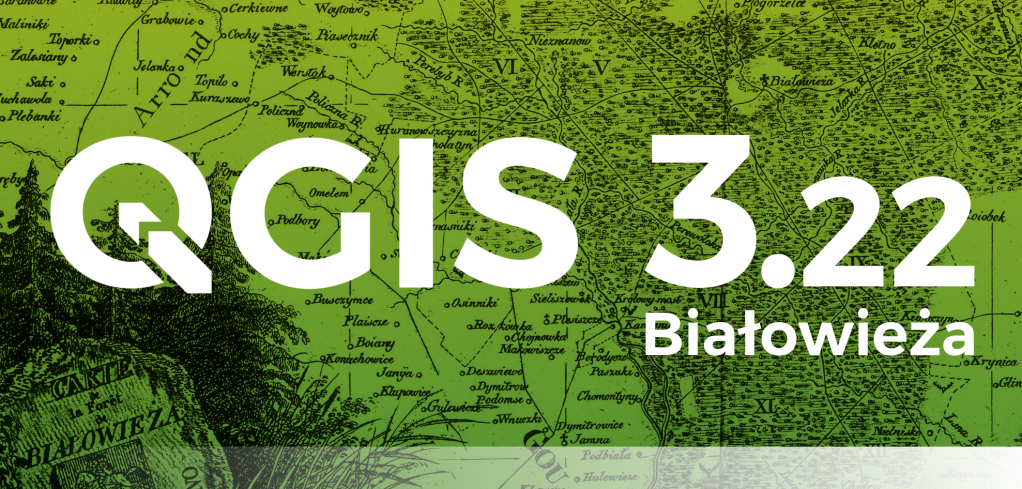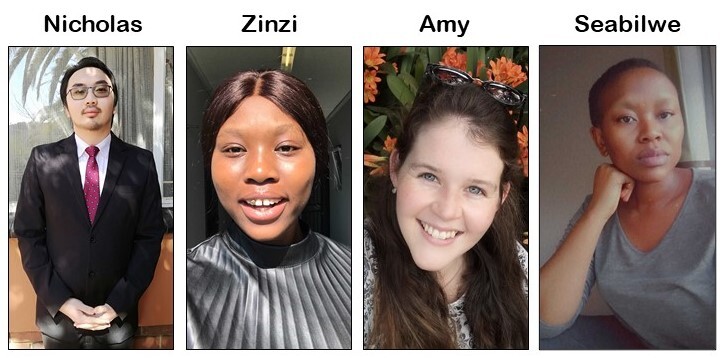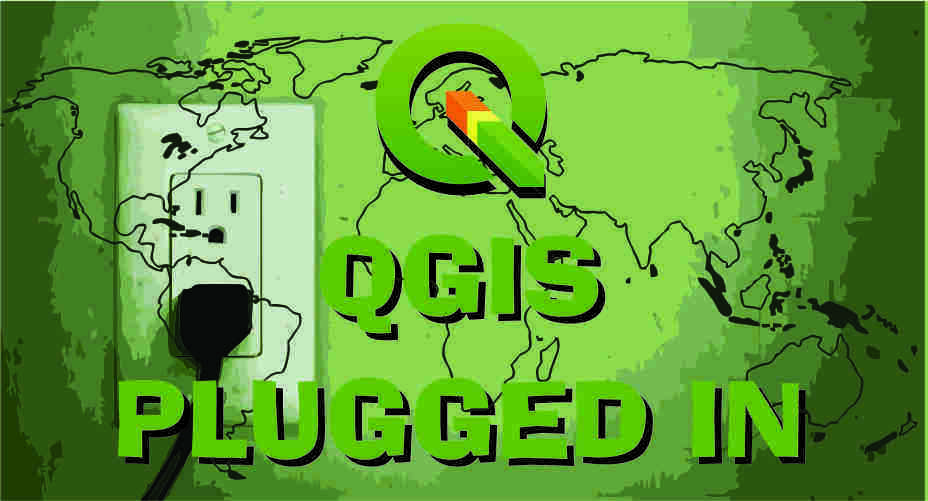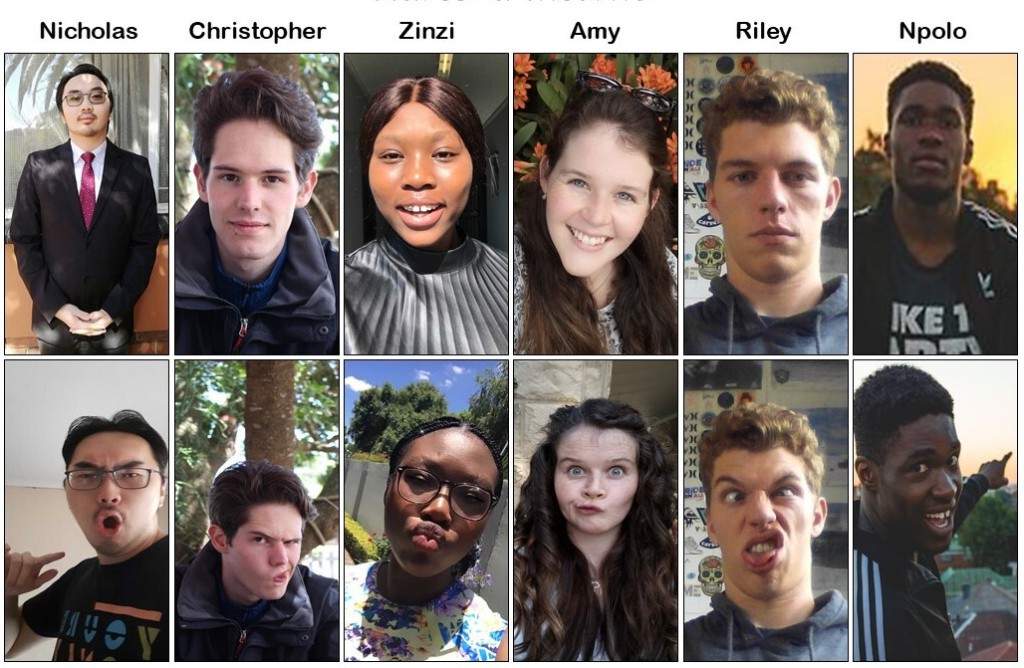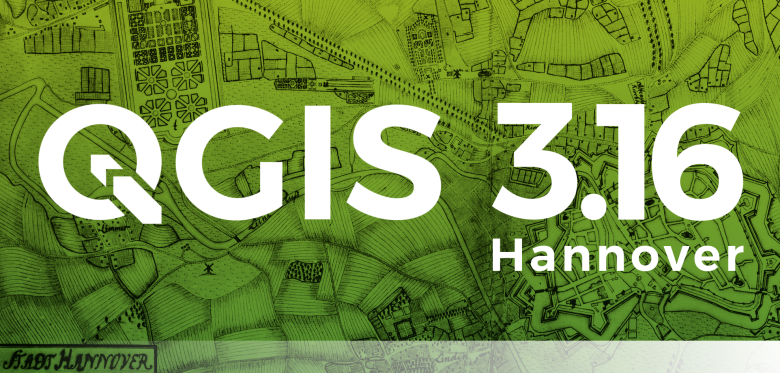QGIS LTR 3.16.13 reverted to 3.16.11
Dear community,
Due to some rather severe issues in the 3.16.13 and .12 Windows MSI installers, we decided to temporarily revert back the available download to the latest release without those issues, 3.16.11. The website rebuild has been performed and you’ll see everywhere that 3.16.11 is the latest LTR. This is true for Windows only as other OS will keep delivering the latest 3.16.13.
Next Friday 19th November is the planned release date for 3.16.14 which should bring fixes to both the above mentioned issues and restore the normal release flow.
Quoting our release manager Jürgen Fischer:”Only the 3.16.13 MSI is broken (not sure if 3.16.12-2 is affected). OSGeo4W
v2 was meanwhile fixed. All other platforms are not affected at all. The next release is on Friday and will also produce a fresh MSI.”
We apologize for the inconvenience and would like to take the opportunity to remind you how much work goes into producing and maintaining the high quality product that you’ve grown to love and that this is only possible thanks to our sustaining members and volunteers. If you or your organisation is relying on QGIS, it might be a good time to consider joining QGIS’ funding effort at https://qgis.org/funding or https://github.com/sponsors/qgis/
Have a great week, cheers
Marco
Original post: https://lists.osgeo.org/pipermail/qgis-user/2021-November/050193.html
Megaphone icon made by BomSymbols from www.flaticon.com








